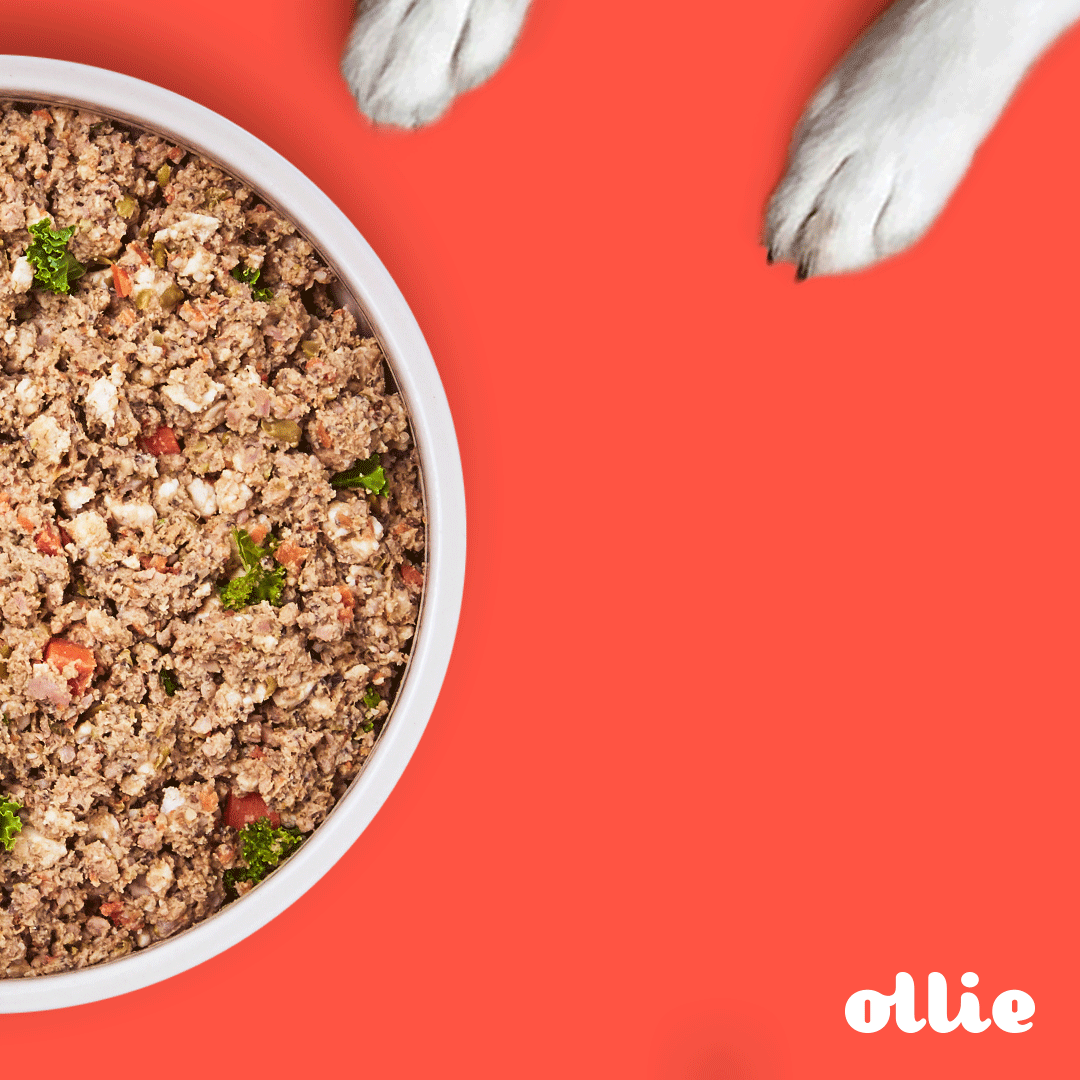No matter where dogs are, their curiosity always spurs them to investigate their environment. Whatever they sense, canines always find a way to get close to that interesting item – even if it means jumping out the windows.
Whether it’s a force of habit or their nature to do so, jumping out of window sills is an imminent threat to their safety. But, we can’t be on guard 24/7 to prevent them from performing such mischievous behavior.
How then can we prevent our furry friends from turning this pesky behavior into a habit? You need to continue reading this article first before diving right into the action.
How To Keep Dogs From Jumping On Window Sills?
There is no one-trick pony in training our canine friends off the window sill. However, depending on your pooch’s personality, there are three proven tactics to keep your dogs from jumping on window sills: “Positive Reinforcement,” “The No Means No Tactic” and “Stimulus Blocking.”
Positive Reinforcement
Positive reinforcement means doling out a reward whenever the pup performs the desired behavior. If the dog stays off the window sill as instructed, giving a reward through food or toys can reinforce that behavior.
If you think this strategy’s the route to start with, then it’s best to start with the “off” command. To start, lure the dog towards its favorite window using its favorite food or treat.
For this method to become successful, you need to use your dog’s favorite treats or snacks as bait. Lure the pup towards its favorite window, and start instructing it with the “off” command.
As soon as you place the tasty snack on the window sill, step back and wait for the pup’s response. If it tries to jump on the snack, state “No, off” while luring it down using the treat as well.
Once all four paws are back on the ground, feed him with the snack while saying, “Good, off.” Repeat this for at least 10-15 minutes a day until the dog finally understands what it means.
It might seem confusing at first, but it’s because the canine’s still learning the skill. Once the pup gets the hang of it, reduce the number of treats until it’s responsive using just the verbal command.
If the first method’s not working, you can do a bit of modification and use step stools instead. Instead of placing treats on the window sill itself, put them on the strategically-placed step stools.
Guide the dog towards the equipment – get physical if you must. But, once the pup performs the task, reward him or her with the delectable treat.
The “No Means No”-Tactic
The “No Means No”-Tactic is the exact opposite of positive reinforcement. If before you’ll use treats or toys to reinforce good behavior, this time, you’ll bank on their ability to remember negative memories.
This is where the “No means no” tactic comes in. Instead of placing the good stuff on the window sill, place some squirty water bottles on it.
Go back to your daily routine and keep an eye out for the dog’s behavior. As soon as you catch the pup jumping on the window, spray it with water on the face.
It may seem barbaric, but the liquid’s completely harmless as it’s merely water. Remember, we’re banking on their associative memory on this.
If you prefer a more hands-off tactic, try using the remote-controlled citronella collar. Like the water bottle method, press on the control button the minute you see the pup jumping on the window sill.
Stimulus Blocking
If all else fails, then removing the root of the problem’s your best option. It doesn’t mean though that you’ll leave your house windowless.
One way to start with this tactic’s to place window film. Think of it like tinting your windows with something translucent or even opaque.
If you don’t like filming your windows, then use cordless window blinds or decorative heavy curtains instead. Whatever you choose, make sure the method will achieve the result you’re hoping for.
Reasons Why Canines Jump on Window Sills
Like children, several factors affect a dog’s behavior. One of the reasons is their innate curiosity spurring them to probe into anything that piques on it.
Paired with a hypersensitive sense of smell, it’s not unusual for canines to pick up various scents. If dogs manage to get a whiff of something peculiar, an energetic chase occurs, even if it means smashing the windows in the process.
In connection to the concept above, dogs have the instinct to hunt. No matter how well-trained they are, it’s nearly impossible to prevent canines from chasing whatever they spot on the way.
Since dogs are immensely inquisitive creatures, it’s not unusual for them to feel wary anytime they spot something suspicious. Thanks to their alert barking trait, even innocent passersby can trigger mutts to start barking.
Worse comes to worst, if canines want to remove such fishy objects or persons, their predatory instinct kicks in. Before anyone can stop them, dogs come crashing through the window just to chase it away.
But, this uncanny behavior can also be a result of their response to fear. Their most common response though is the flight response. Any loud noise in their immediate environment can trigger canines to run and hop through the window.
Regardless of what spurs your canine to use your window sills as their escape route, you need to pinpoint it for more effective training. What works for one pup doesn’t necessarily mean it’s the most effective method for your beloved doggo.
What Do You Need For The Training?
Depending, of course, on your preferred tactic, here are some of the materials you need.
A quiet, distraction-free room (helps keep your dog focused on the lesson)
- Foods and treats (rewards)
- Step stools
- Window film
- Citronella spray collar
- Squirty water bottle
Aside from the paraphernalia mentioned above, you also need to have a training schedule. Since pups can sometimes act like toddlers, allotting about 10-15 minutes a day can work wonders for their behavior.
Lastly, pack a lot of patience. Whether your mutt’s a fast-learner or someone who’s an escape artist, don’t take it personally.
Memory And Its Association With Effective Training
Who says you can’t teach an old dog new tricks? While this is a common adage, it doesn’t mean you can’t tap on our canine’s associative memory to keep them from jumping off the windows.
A dog’s memory doesn’t work as human memory does. While humans convert short-term memory into long-term, dogs use associative memory to remember significant events.
Think of it this way. When dogs feel happy or sad with a certain event, the emotions that come along with sear the memory into their mind. Thus, when canines encounter the same situation again, they’ll remember how they felt about it.
Thus, as a fur parent, it’s extremely important to bank on their associative memory to ensure that training’s fun. Or, if negative association seems to be the best route for your doggo, use it as your base.
Remember, you don’t need to become the best at training your dog to remove unwanted behavior. Simply use their likes and dislikes to your advantage, and you’re off to a good start.


